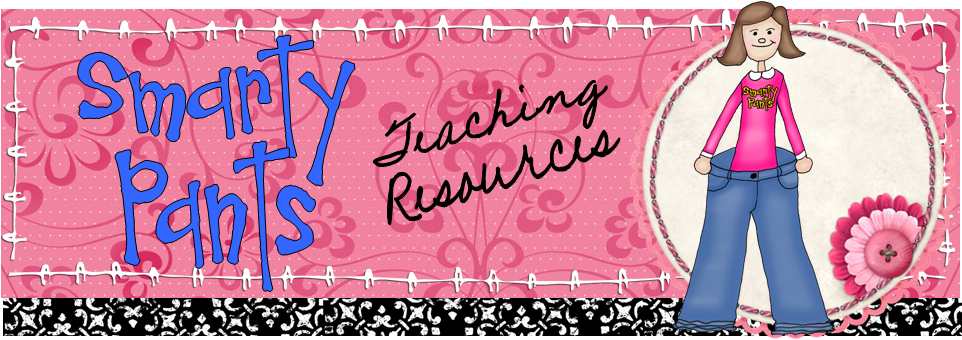I spotted this quote on the wall at a restaurant recently:
If you're like me, you look at this and your eyes are immediately drawn to that comma. Yep, it's a comma splice, and grammar geek obsessives like me can't look around us and not see these things everywhere. I used to get amused when I saw this kind of thing, and then once I started teaching I got annoyed: The errors these adults are making are the same skills I was teaching my fourth graders year in and year out. It's enough to make a teacher feel defeated, like they will never learn.
I'm an optimist, though. There's almost always a more positive way you can look at a discouraging situation, and I started to see all of these errors as an opportunity: that ever-present teachable moment that invigorates our practice. I started to plot. What if I could turn the errors of these adults into impetus for my kids to strive? What if it was a competition to have the kids outsmart the grown-ups?
This idea percolated in my head for probably 3 years, popping up off and on. I started taking photos with my phone whenever I spotted an error, and making screen captures (Ctrl + Prt Scrn copies, and then you can paste it into another document) of errors I found online and in emails. I toyed with several ideas in my mind about how best to implement it, and finally settled on a nod to Are You Smarter Than a 5th Grader. I turned my thought experiment into an interactive bulletin board, building the pieces over time and eventually putting it all together for my students to use. I planned to introduce the board to them and perhaps offer some sort of recognition if they were able to correct the adults' errors.
Boy was I shocked the first day it went up. My students walked into the room first thing in the morning and walked over to the board. They stood around it. They discussed it. They debated what the errors were. Then they came and asked my permission to take an answer slip and interact with it! They actually asked if it was okay! The bulletin board was an instant hit, and kids begged me to allow them to work on it during free time. I was floored!
Over the course of the school year I refined my bulletin board, adding tags on challenging examples with hints as to the numbers and types of errors. I decided to recognize success with the board by printing students' names in the class newsletter, on the class website, and to hang up the correct answers next to the original errors. When a photo really had them stumped, I either removed it till a more opportune time, used it for a mini-lesson, or provided hints. I changed the examples out frequently; novelty kept up the students' interest.
Does this sound like something you could implement in your classroom? If you want to tackle it yourself, you can Google "grammar fail" to get yourself started. If you adhere to the favorite teacher aphorism, "No need to re-invent the wheel," you might check out my Grammar Fail! Bulletin Board and Center set on Teachers Pay Teachers. Either way, I hope that the errors of others will yield stunning grammar learning for your students!
Let us know whether you plan to implement the Grammar Fail bulletin board in your classroom, and leave us a link to your favorite grammar fail example!
Related Resources:
Grammar I Have / Who Has, $2.00


I LOVE this idea - how fun!!! I think my students would have a blast with this (and so would I). Thanks for a great idea (and I've put your product on my wishlist).
ReplyDeleteJen
Runde's Room
For those that were wondering, like one of my high school friends on Facebook, some correct punctuation options for the quote would be:
ReplyDeleteLife is short. Stop and smell the barbecue.
Life is short; stop and smell the barbecue.
Life is short, so stop and smell the barbecue.
A comma is not strong enough to combine two sentences on its own. A period or semicolon can do the job. If a comma is used, it needs a conjunction.